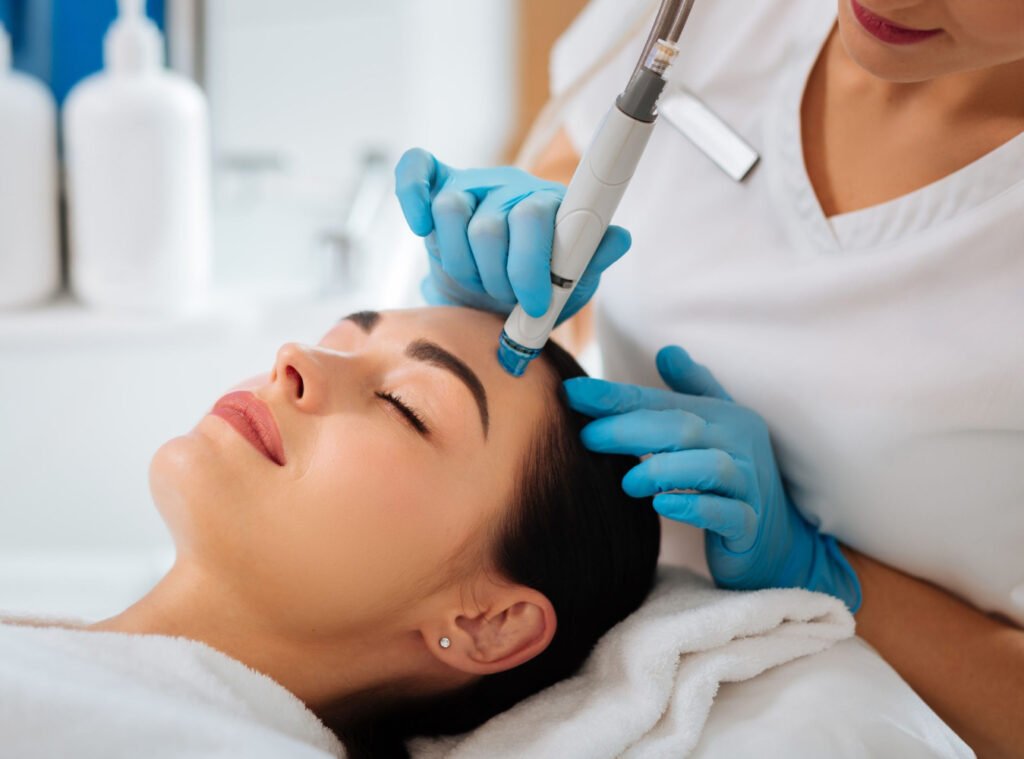
What is Microneedling?
Microneedling is a minimally invasive cosmetic procedure that’s used to treat skin concerns by stimulating collagen production. Also known as collagen induction therapy, this treatment creates micro-punctures in the skin using miniature, sterilized needles.
Benefits of microneedling
Microneedling has gained popularity for its growing list of benefits. It is said to rejuvenate and plump the skin with minimal discomfort and very little downtime, and it can be adjusted to fit each person’s needs.
- Reducing the appearance of scars, including acne scars
- Reducing the appearance of fine lines and wrinkles
- Reducing enlarged pores
- Smoothing uneven skin tone
- Improving skin elasticity
- Reducing the appearance of stretch marks
- Promoting hair growth in people with alopecia
How does microneedling work?
Microneedling works by encouraging your skin to make more collagen. The pinpricks from the procedure cause slight injury to the skin and the skin responds by making new collagen-rich tissue.
This new skin tissue is more even in tone and texture. It’s common for the skin to lose collagen with age or injury. By encouraging the skin to make new tissue, additional collagen may help make the skin firmer.
Microneedling may also be combined with topical serums, radiofrequency, and platelet-rich plasma. A dermatologist can help you navigate the decisions regarding additional treatment options and their estimated costs
Targeted areas for Microneedling
Microneedling is most often used on the face.
In addition to facial concerns, microneedling is sometimes used to treat stretch marks in other areas of the body. One studyTrusted Source found that microneedling was effective for stretch marks on the thighs and abdominal area when combined with fillers.
Scarring on other body parts may also be treated with this procedure.
Side effects
- Bleeding
- Bruising
- Peeling
- Infection
What to expect after microneedling
Microneedling isn’t as invasive as plastic surgery, and the recovery time is minimal. Most people require very little downtime if any at all.
You can go back to work or school after the procedure if you’re comfortable. It’s best to let your skin heal before applying makeup. However, once the appropriate time has passed, camouflaging makeup can help disguise the redness as it dissipates.
After microneedling, your skin works fairly quickly to rejuvenate new tissue. In theory, you should see results within a couple of weeks.
To maintain the results of your treatment, you’ll need multiple sessions and perhaps other complementing treatments. The doctor will work with you to develop a plan of action based on your individual goals.
Preparing for Microneedling
During the procedure, a doctor makes small pricks under the skin using a pen-like tool with tiny, sterilized needles. The pinpricks are so small that you likely won’t notice them after the procedure.
The doctor typically moves the tool evenly across your skin so that the newly rejuvenated skin will be even, too.
Approximately 45 minutes to 1 hour before the procedure, the doctor will apply a topical anesthetic to the treatment area. This will numb the skin during the microneedling process, which takes approximately 30 minutes.
The doctor may then finish your session by applying a growth serum or calming treatment. In total, the average microneedling session lasts approximately 2 hours.

With access to
24 Hour
Emergency
Assistance
Get Help When You Need It Most!
Our team is dedicated to solve any concerns you come across.


